Creating Your Kids' First Sewing Kit
Have you ever watched your child pick up a pair of scissors and turn a piece of fabric into something magical? Sewing is not just a skill; it’s a gateway to creativity that can spark a lifetime of imagination. As you embark on the journey of assembling your kids' first sewing kit, think of it as a treasure chest filled with possibilities. This comprehensive guide will walk you through the essential tools, materials, and tips to inspire your little ones to dive into the world of sewing. Ready to stitch together some fun? Let’s get started!
When it comes to sewing, having the right tools is like having a trusty map on an adventure. A beginner's sewing kit should include a few basic tools that are easy for children to handle. Here are the essentials:
- Scissors: A good pair of safety scissors is crucial. They should be sharp enough to cut fabric but designed for little hands.
- Needles: Start with blunt-tipped needles to prevent any accidents. These are perfect for beginners and are safer for kids.
- Pins: Child-friendly pins with colorful heads can make pinning fabric together fun and engaging.
- Measuring Tape: A flexible measuring tape helps kids learn about measurements, which is essential in sewing.
Each tool plays a vital role in ensuring a smooth sewing experience, allowing children to focus on their creativity rather than struggling with equipment.
Now that you have the tools, let’s talk about fabrics! Selecting kid-friendly fabrics is crucial. Think of soft, washable, and colorful materials that can enhance the sewing experience. Fabrics like cotton and fleece are excellent choices because they are easy to work with and come in a variety of patterns. Imagine your child’s excitement as they pick out a fabric covered in their favorite cartoon characters or vibrant flowers!
Encouraging kids to experiment with different textures and patterns can ignite their passion for sewing. It’s like giving them a blank canvas to paint their dreams. Remember, the more fun the fabric, the more enjoyable the sewing experience!
Once your little one has their tools and fabrics ready, it’s time to dive into some simple sewing projects. Starting with easy projects can significantly boost children's confidence. Think about creating:
- Pillowcases: A simple and quick project that allows kids to express their style.
- Simple Bags: Perfect for carrying their treasures or snacks.
- Plush Toys: These can be a delightful challenge that results in a cuddly companion.
Each completed project is like a badge of honor, showcasing their hard work and creativity. Plus, it’s incredibly rewarding to see their creations come to life!
As exciting as sewing can be, teaching safety is paramount when introducing this craft to kids. Proper handling of tools is essential to prevent accidents. Here are some key safety tips:
- Always supervise your child when using scissors or needles.
- Teach them to keep their fingers away from the sewing machine's needle.
- Encourage them to ask for help if they’re unsure about something.
Creating a safe sewing environment ensures that learning is not only fun but also secure. When kids feel safe, they are more likely to explore and create!
Encouraging creativity is essential in sewing. Allowing kids to choose colors, patterns, and designs fosters their imagination. It’s like giving them the keys to their own creative kingdom! Let them brainstorm ideas and even sketch out their designs. This process not only makes the sewing experience more personalized but also enhances their problem-solving skills.
Imagine the joy on their faces when they see their unique creations come to life. It’s these moments that ignite a passion for sewing that can last a lifetime!
Just like any treasure, a sewing kit needs regular maintenance to ensure longevity. Teaching kids how to care for their tools and materials instills a sense of responsibility. Show them how to clean their scissors, organize their threads, and keep their needles safe. This not only helps the tools last longer but also teaches them respect for their craft supplies.
Sewing can be a fantastic family activity! Involving siblings or friends in projects can create shared experiences and memories. Imagine a cozy afternoon spent sewing together, filled with laughter and creativity. It promotes teamwork and collaboration, making the learning process even more enjoyable. Plus, it’s a great way to bond!
Utilizing online resources, books, and tutorials can provide additional guidance for children. There are countless websites and video tutorials designed specifically for young sewers. Access to varied learning materials can enhance their understanding and skills in sewing, making the learning journey even more enriching.
Finally, celebrating completed sewing projects can motivate kids to continue learning. Whether it’s showcasing their work at home or gifting their creations to family and friends, recognition boosts their confidence. It’s like throwing a mini party for their creativity, encouraging them to keep sewing and exploring new ideas!
Q: What age is appropriate to start sewing?
A: Generally, children as young as 6 can start learning basic sewing skills with supervision. Always consider their interest and maturity level.
Q: How can I make sewing more fun for my kids?
A: Incorporate games, challenges, or themed projects that align with their interests. Let them choose their own fabric and designs!
Q: What if my child gets frustrated?
A: Encourage patience and remind them that mistakes are part of the learning process. Celebrate their efforts, no matter how small!
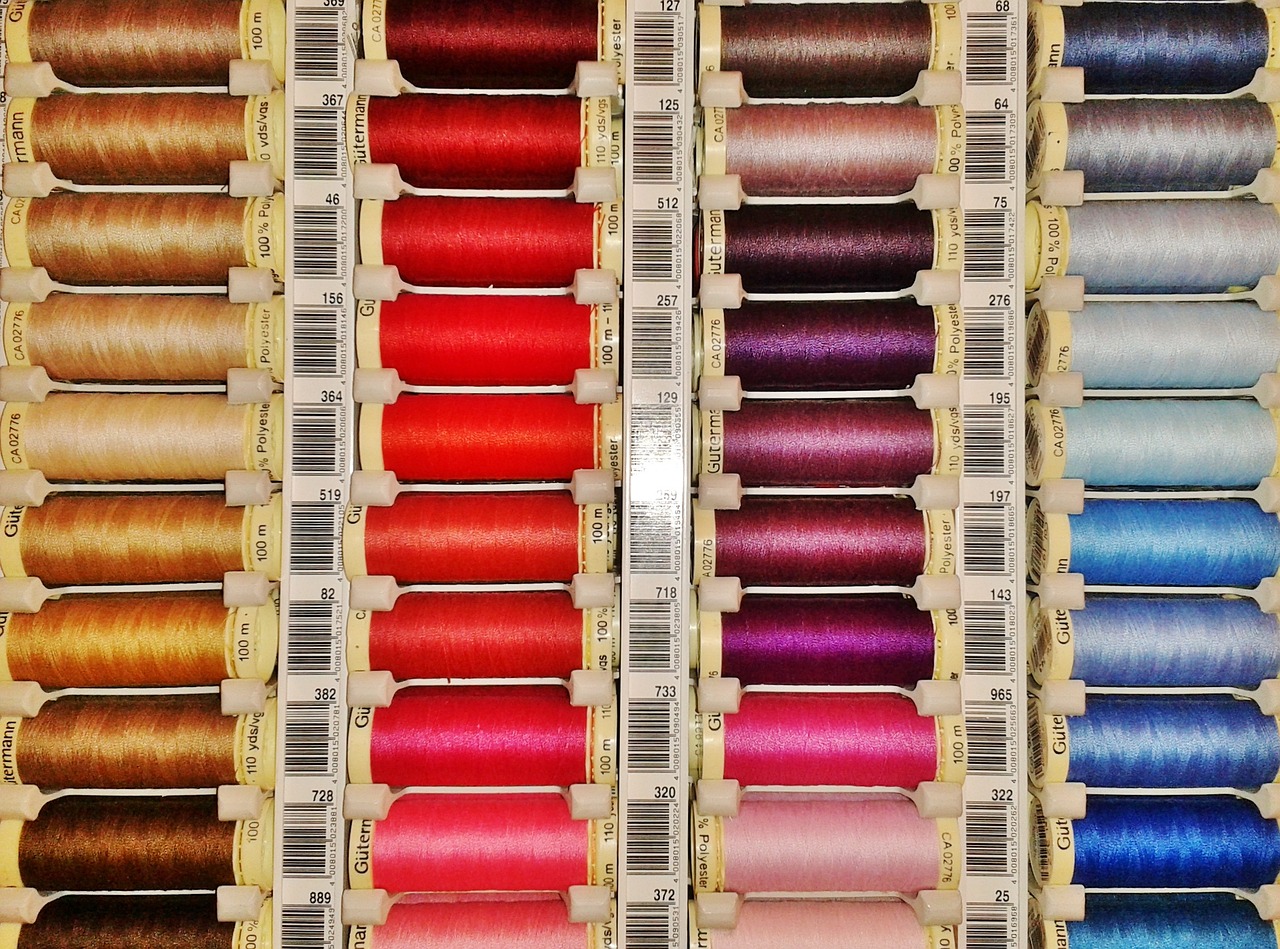
Essential Tools for Beginners
When diving into the world of sewing, having the right tools can make all the difference, especially for kids who are just starting their crafting journey. A beginner's sewing kit should be equipped with a few essential tools that are not only user-friendly but also safe for young hands. Think of these tools as the building blocks of creativity; without them, your little ones might find it challenging to express their artistic flair.
First and foremost, a good pair of scissors is crucial. Opt for safety scissors designed for children, which are less likely to cause accidents while still being effective for cutting fabric. These scissors will become a trusty sidekick as your child learns to navigate fabric and thread. Next up, you'll need needles. Start with large, blunt-tipped needles, which are safer and easier for kids to handle. They can practice threading and sewing without the worry of sharp points, making the learning process smoother and more enjoyable.
Don't forget about pins. These little tools are essential for holding fabric pieces together before sewing. Consider using colorful, oversized pins that are easy for small hands to grasp. Kids will love the vibrant colors, and it will help them keep track of their pins more easily. Additionally, a sewing machine can be a fantastic tool, but it’s important to ensure that your child is old enough and understands how to use it safely. If you're introducing a machine, start with a simple, user-friendly model and supervise them closely.
Along with these primary tools, consider adding a measuring tape and a seam ripper to the kit. The measuring tape will teach kids the importance of accuracy in sewing, while a seam ripper can help them correct mistakes without frustration. Lastly, a small fabric marker or chalk can be useful for marking fabric before cutting, allowing them to practice their precision and planning skills.
To sum it up, here’s a quick overview of the essential tools you should include in your kids' sewing kit:
| Tool | Purpose |
|---|---|
| Scissors | For cutting fabric safely |
| Needles | For hand sewing projects |
| Pins | To hold fabric pieces together |
| Sewing Machine | For more advanced sewing tasks |
| Measuring Tape | For accurate measurements |
| Seam Ripper | To correct mistakes |
| Fabric Marker/Chalk | For marking fabric |
Equipping your child with these essential tools not only sets the stage for successful sewing projects but also instills a sense of responsibility and pride in creating something with their own hands. As they learn to use each tool effectively, they'll gain confidence and a deeper appreciation for the craft. So, are you ready to embark on this sewing adventure together?
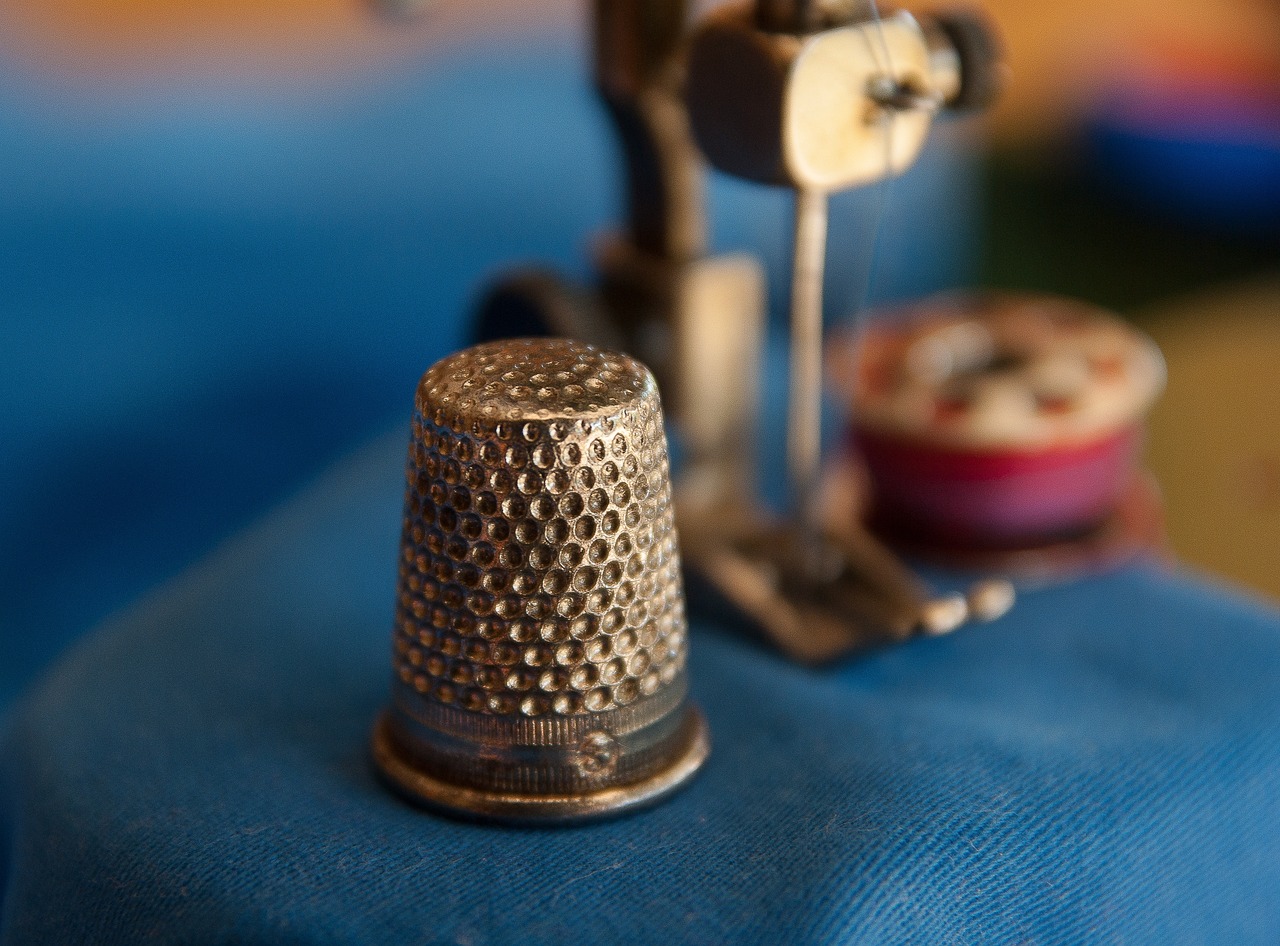
Choosing the Right Fabrics
When it comes to sewing, the fabric you choose can make or break the entire experience, especially for kids. Imagine a child trying to sew with a stiff, scratchy fabric that feels like sandpaper against their skin. Not only would this be uncomfortable, but it could also dampen their enthusiasm for the craft. That's why selecting kid-friendly fabrics is essential. You want materials that are not just easy to work with, but also fun and engaging!
First and foremost, look for fabrics that are soft and washable. Cotton is a fantastic starting point. It's gentle on the skin, easy to sew, and comes in a plethora of vibrant colors and fun patterns. Plus, if a little paint or dirt gets on it, a quick wash usually does the trick! Another great option is fleece, which is soft and warm, perfect for cozy projects like stuffed animals or blankets.
But don’t stop there! Consider the texture as well. Fabrics with different textures can ignite a child’s curiosity and creativity. Think about incorporating a mix of smooth, fluffy, and even sparkly fabrics to keep things exciting. You could create a small sample swatch book with various textures to let them feel and choose what they like best.
It's also important to think about the weight of the fabric. Lightweight fabrics like cotton are easier for children to handle, while heavier fabrics like canvas can be a bit daunting. If you want to introduce a heavier fabric, make sure it’s for a project that’s within their skill level. You wouldn’t want them to feel overwhelmed right off the bat!
Another key factor is the print and color. Kids are naturally drawn to bright colors and fun prints. Let them pick out their favorite patterns! Whether it’s dinosaurs, flowers, or superheroes, allowing them to choose fabrics that resonate with their interests will make the sewing experience much more enjoyable. Plus, it gives them a sense of ownership over their project.
To help you in your fabric selection journey, here’s a quick table summarizing some ideal fabric choices:
| Fabric Type | Characteristics | Best For |
|---|---|---|
| Cotton | Soft, breathable, easy to sew | Pillowcases, bags, simple clothing |
| Fleece | Warm, soft, stretchy | Stuffed animals, blankets |
| Canvas | Durable, heavier weight | Tote bags, sturdy projects |
| Muslin | Lightweight, breathable | Practice projects, simple garments |
Lastly, always remember to check for safety standards in the fabrics you choose. Ensure that they are non-toxic and safe for children, especially if they might be using them for projects that involve close contact. By being mindful of these elements, you’re setting the stage for a fun, safe, and creative sewing adventure that will inspire your little ones to unleash their inner fashion designers!
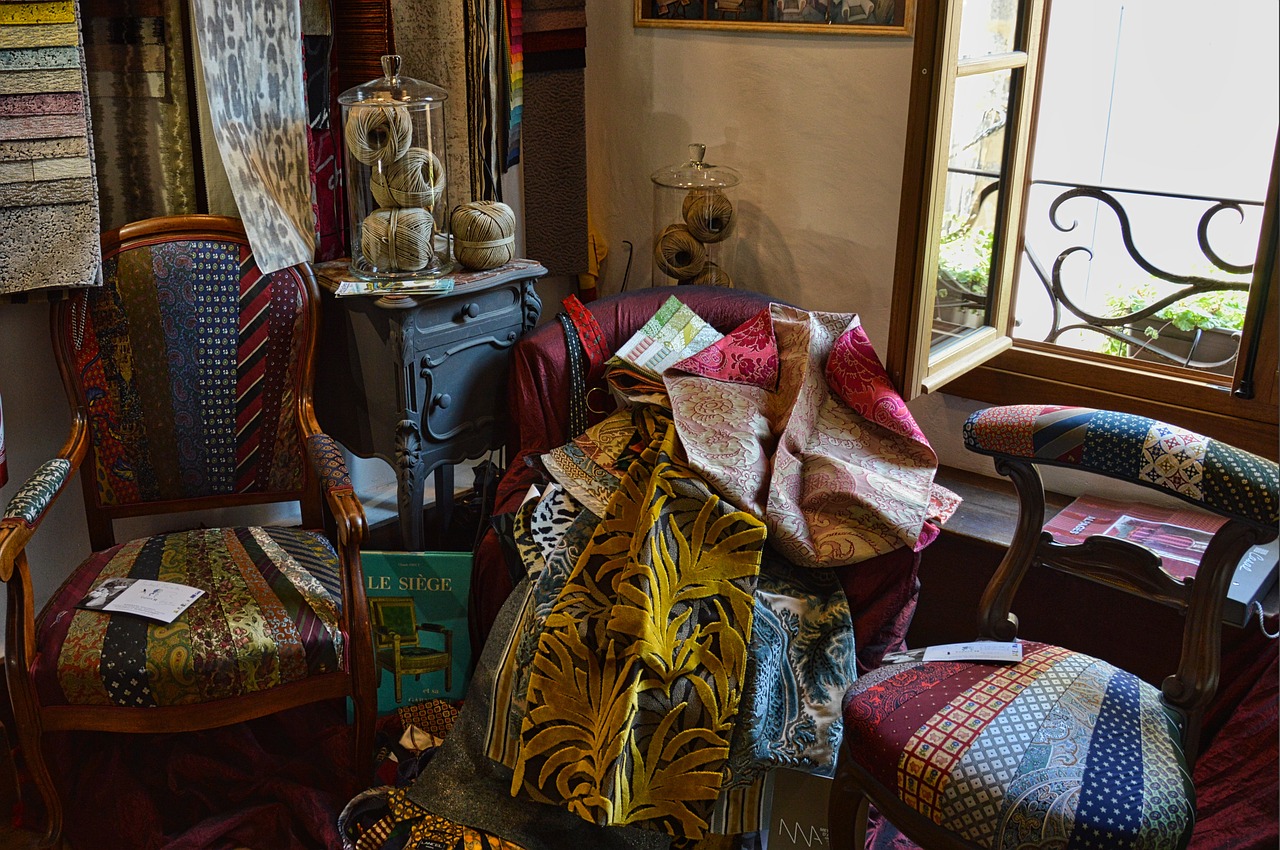
Simple Sewing Projects
Starting with is a fantastic way to boost your child's confidence and ignite their passion for sewing. When kids see their creations come to life, it can be incredibly rewarding! Think about it—what's more exciting than transforming a piece of fabric into something useful or fun? Here are a few beginner-friendly project ideas that can serve as a perfect introduction to the world of sewing:
1. Pillowcases: Making a personalized pillowcase is not only simple but also allows kids to express their style. They can choose their favorite colors and patterns, making bedtime a little more special. All they need to do is cut two pieces of fabric to the same size, sew them together, and voila! A custom pillowcase is born.
2. Simple Bags: Who doesn't love a cute little bag? Kids can create a small tote or a drawstring bag using fabric scraps. This project teaches them how to sew straight lines, and they can even decorate the bag with fabric markers or patches. Plus, they'll have a new bag to carry their treasures!
3. Plush Toys: If your child is feeling adventurous, they can try their hand at making a simple plush toy. Using felt or cotton fabric, they can cut out shapes, sew them together, and stuff them with fiberfill. Not only does this project allow for creativity, but it also results in a cuddly friend that they made themselves!
4. Fabric Bookmarks: For the little readers, fabric bookmarks are a quick and easy project. Kids can cut strips of fabric, sew them into fun shapes, and add embellishments like buttons or ribbons. It’s a small project that can spark joy every time they pick up a book!
5. Scrap Fabric Coasters: Another fun idea is to make coasters from scrap fabric. This project is perfect for practicing sewing skills like straight stitching and cutting. Kids can mix and match different fabrics to create unique designs, and they’ll have something practical to use at home!
Each of these projects can be tailored to suit your child's skill level and interests. The key is to keep it fun and engaging. Remember, the goal is to inspire creativity and help them develop their sewing skills without feeling overwhelmed. Encourage them to add their personal touch to each project, whether it’s through color choices, patterns, or additional decorations. This not only enhances their sewing experience but also builds their confidence as they see their unique creations come to life!
Q: What age is appropriate for children to start sewing?
A: Generally, children as young as 6 years old can start sewing with supervision. It's important to choose projects that match their skill level and ensure safety while using tools.
Q: What types of fabric are best for beginners?
A: Soft, washable fabrics like cotton are ideal for beginners. They are easy to handle and come in a variety of fun patterns and colors that kids will love.
Q: How can I encourage my child to keep sewing?
A: Celebrate their completed projects, involve them in family sewing activities, and provide new materials and project ideas to keep their interest alive!
Q: Are there any safety tips I should follow?
A: Yes! Always supervise children while they are using sharp tools, teach them proper handling techniques, and ensure they understand the safety features of any sewing machines used.
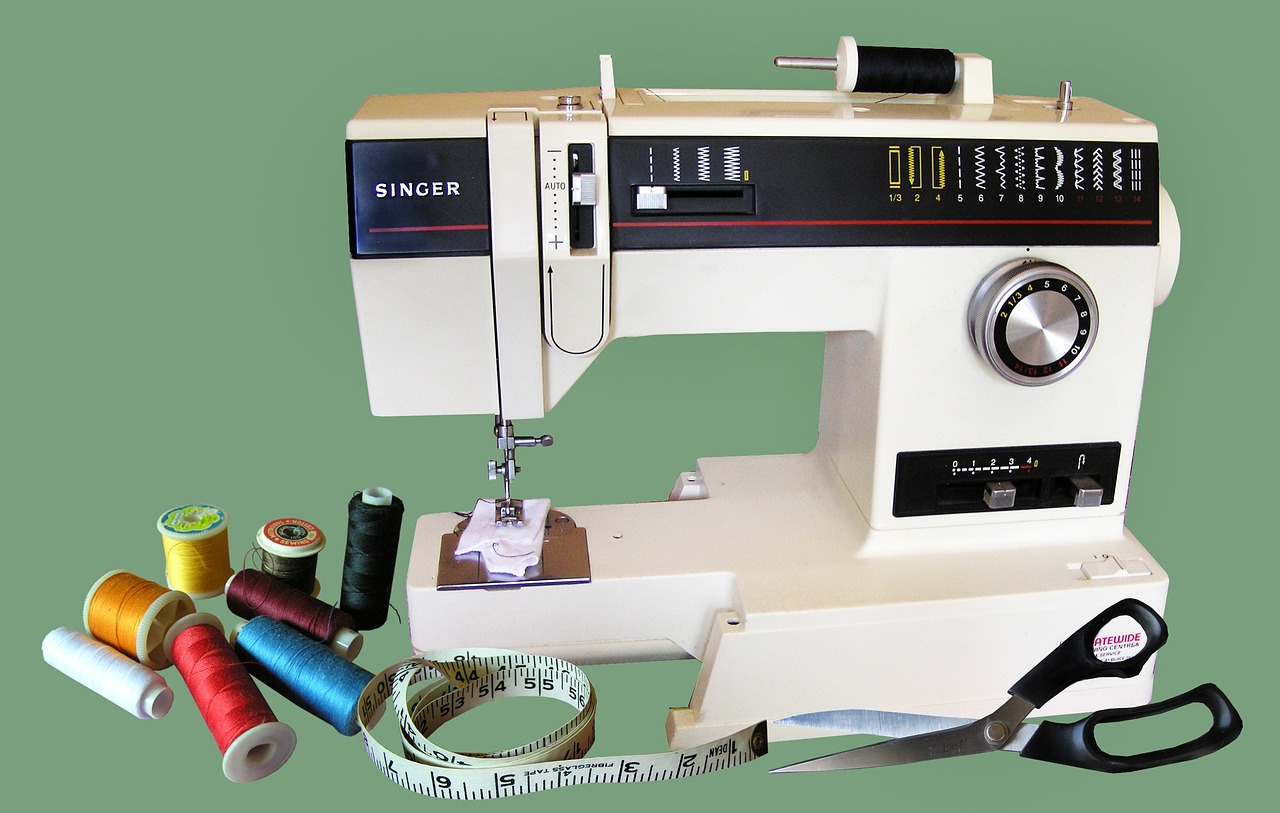
Safety Tips for Young Sewers
When it comes to introducing your little ones to the world of sewing, safety should be your top priority. Just like you wouldn’t let them ride a bike without a helmet, you shouldn’t let them dive into sewing without understanding the essential safety measures. The sewing machine, scissors, and needles may seem harmless, but they can become dangerous if not handled properly. So, let’s stitch together some vital safety tips that will keep your young sewers safe while they unleash their creativity!
First and foremost, it’s crucial to teach kids the correct way to handle sewing tools. For instance, scissors should always be used with the blade facing away from their body. Encourage them to cut fabric on a flat surface rather than in the air, which can lead to accidents. Additionally, it’s a good idea to invest in child-safe scissors that are designed specifically for younger hands. These scissors typically have rounded tips and are less likely to cause injury, making them perfect for beginners.
Next, when it comes to needles, it’s essential to emphasize that they are not toys. Explain to your child that needles can easily slip and cause injuries if not handled with care. A fun way to reinforce this is by creating a “needle safety chant” together, something catchy that they can remember. For example, “Needles are sharp, they’re not for play, handle with care, every day!” This can make learning about safety more engaging and memorable.
Using a sewing machine can be intimidating, but with the right precautions, it can be a safe and rewarding experience. Make sure to supervise your child closely when they’re using the machine. Teach them to keep their fingers away from the needle and to always use the presser foot to hold the fabric in place. A great rule of thumb is to have them keep one hand on the fabric and the other on the machine’s control, ensuring they’re focused and aware of their surroundings.
It’s also important to create a designated sewing space that is free from distractions. A cluttered environment can lead to accidents, so ensure that the area is organized and that all tools are stored safely when not in use. Consider using a small table with a comfortable chair, where everything they need is within reach, but out of the way when they’re not sewing. This not only promotes safety but also helps instill a sense of responsibility for their sewing space.
Finally, let’s not forget about the importance of having a first-aid kit handy. Accidents can happen, even with the best precautions in place. Having a basic first-aid kit nearby ensures that you’re prepared for any minor injuries. Include items like adhesive bandages, antiseptic wipes, and gauze. You can even make it a fun activity to decorate the first-aid kit together, so your child feels involved and learns the importance of being prepared.
By following these safety tips, you can create a nurturing and secure environment for your young sewers. Remember, the goal is not to instill fear but rather to empower them with knowledge and skills that will last a lifetime. Safety is the thread that holds the fabric of creativity together, so let’s make sure it’s woven into every project!
As you embark on this sewing journey with your children, you might have some questions. Here are a few common queries that can help guide you:
- What age is appropriate to start sewing? - Generally, children aged 6 and up can begin learning basic sewing skills with supervision.
- What type of sewing machine is best for beginners? - Look for a simple, user-friendly machine with easy-to-understand controls, ideally designed for kids.
- How can I encourage my child to keep sewing? - Celebrate their achievements, no matter how small, and involve them in projects that interest them.
- Are there specific fabrics that are safer for kids? - Yes! Opt for soft, washable fabrics that are easy to handle, such as cotton or felt.
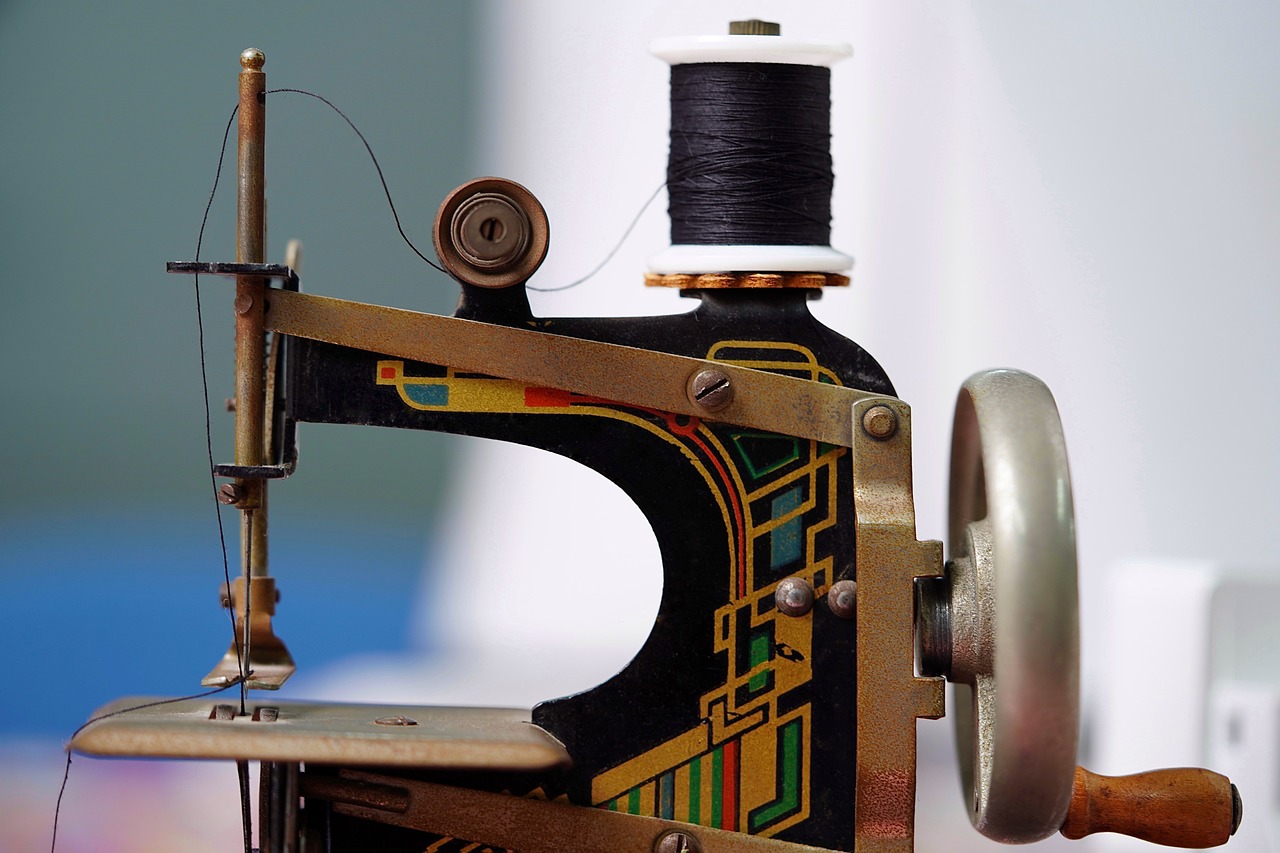
Incorporating Creativity
When it comes to sewing, creativity is the secret ingredient that transforms a simple project into a masterpiece. Encouraging your kids to unleash their imagination while they sew is not just about making things; it's about nurturing their artistic spirit and self-expression. So, how can you help them tap into their creative potential? Well, it starts with giving them the freedom to choose their own colors, patterns, and designs. Imagine the thrill of picking out a vibrant fabric with polka dots or a soft fleece in their favorite color!
One of the best ways to promote creativity is to create a design board where kids can pin up their ideas. This could be a simple corkboard or even a digital space where they can gather inspiration from various sources. Encourage them to look at different styles and themes, whether it’s nature, animals, or even their favorite cartoon characters. This not only helps them visualize their project but also teaches them about the importance of planning and brainstorming before diving into sewing.
Another fantastic approach is to introduce them to the concept of upcycling. This means using old clothes or fabric scraps to create something new and exciting. Not only does this spark creativity, but it also teaches kids about sustainability. They might transform an old T-shirt into a trendy tote bag or use leftover fabric to make unique patches for their clothes. The possibilities are endless! Plus, it’s a great conversation starter about the importance of reusing materials.
To further inspire their creativity, consider organizing themed sewing sessions. For instance, you could have a “Nature Day” where kids can sew projects inspired by the outdoors, like leaf-shaped pillows or animal plushies. Alternatively, a “Fantasy Week” could have them creating capes, crowns, or magical creatures. These themed sessions not only make sewing fun but also give them a context to explore their ideas.
Finally, don't forget to celebrate their unique creations! Set up a mini fashion show or an exhibition at home where they can display their finished projects. This not only boosts their confidence but also reinforces the idea that their creative efforts are valued and appreciated. Remember, the journey of sewing should be as enjoyable as the final product, so let their creativity shine!
- What age is appropriate for kids to start sewing? Most children can start sewing around the age of 6 or 7, but it really depends on their interest and maturity level.
- Do I need to buy expensive tools for my child's sewing kit? Not at all! Start with basic, affordable tools that are easy for kids to handle.
- How can I ensure my child stays safe while sewing? Always supervise them, teach them proper tool handling, and set up a safe workspace away from distractions.
- What are some beginner-friendly sewing projects? Simple projects like pillowcases, tote bags, or fabric bookmarks are great starting points.
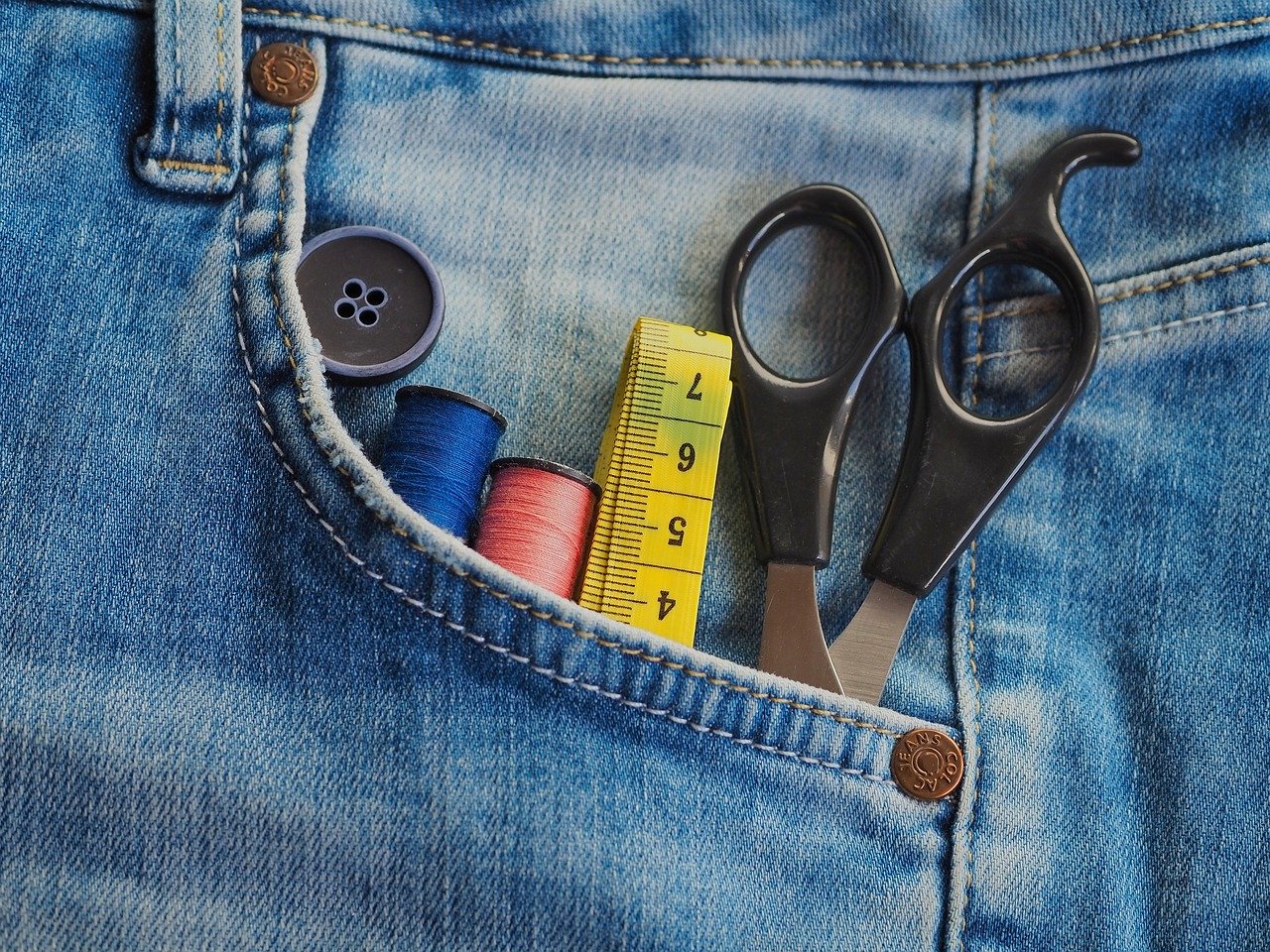
Maintaining the Sewing Kit
Maintaining your kids' sewing kit is not just about keeping things tidy; it's about instilling a sense of responsibility and respect for their craft supplies. Just like a gardener tends to their plants, teaching children how to care for their sewing tools can help them appreciate the art of sewing even more. A well-maintained sewing kit ensures that everything is in good working order, making the sewing experience smoother and more enjoyable.
Start by encouraging your child to regularly check their kit. This can be a fun little ritual! They can go through their supplies, ensuring that everything is where it belongs. For instance, scissors should always be returned to their designated spot, and needles should be stored safely in a needle case to prevent any accidents. You might even create a simple checklist together:
| Item | Maintenance Tip |
|---|---|
| Scissors | Keep them clean and store them in a protective sheath. |
| Needles | Store in a needle case and replace dull needles regularly. |
| Threads | Keep spools organized and away from direct sunlight to prevent fading. |
| Fabric | Store in a cool, dry place to prevent mold and damage. |
It's also essential to teach them about the importance of cleaning their sewing machine, if they have one. A sewing machine can be a bit like a car; it requires regular maintenance to run smoothly. Show them how to remove lint and dust, and explain why this is crucial for the machine's longevity. You might say, "Just like we wash our clothes to keep them fresh, our sewing machines need a little TLC too!"
Finally, remind your child that sewing is not just about the end product; it’s about the journey. Encouraging them to take care of their sewing kit will help them develop a sense of pride in their work, making each project feel even more special. As they grow and improve their skills, they'll appreciate the tools that helped them along the way. So, let’s keep that sewing kit in top shape and watch their creativity flourish!
- How often should I check the sewing kit? It's a good idea to check the kit every few weeks or after completing a project to ensure everything is in order.
- What should I do if a needle breaks? Always dispose of broken needles safely and replace them immediately to avoid accidents.
- Can I use regular household scissors for sewing? While you can, it’s best to use fabric scissors for cutting fabric to ensure clean cuts and maintain the scissors' sharpness.
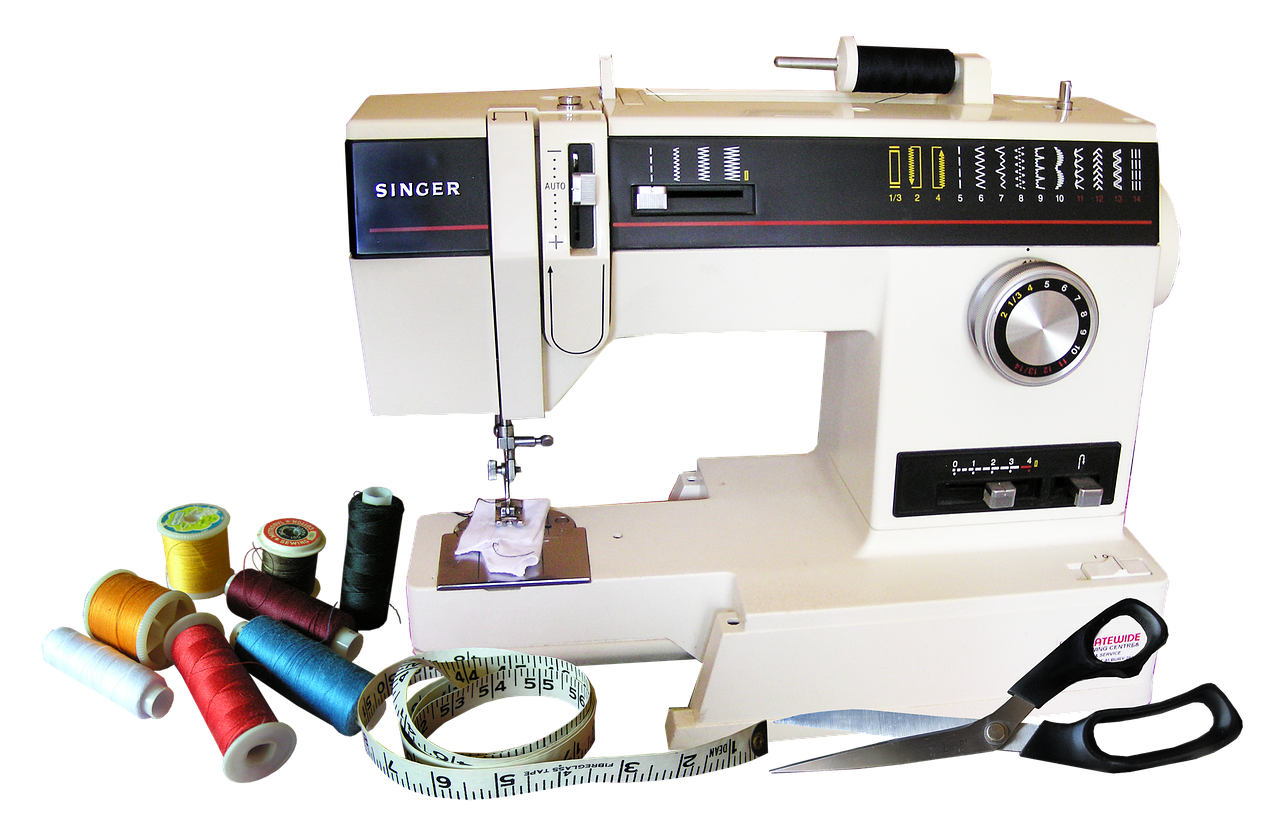
Involving Family and Friends
When it comes to sewing, why not turn it into a delightful family affair? Involving family and friends in sewing projects can transform a solitary activity into a vibrant social experience. Imagine gathering around a table, fabric swatches scattered like confetti, laughter filling the air as everyone shares their ideas and creations. This collaborative spirit not only makes sewing more enjoyable but also strengthens bonds and creates lasting memories.
One of the best aspects of sewing with loved ones is the opportunity to learn from one another. Perhaps your child has a friend who’s already picked up a few sewing tricks, or maybe a sibling has a knack for design. Each person brings their unique skills and perspectives, making the learning process richer and more dynamic. It’s like a potluck of creativity where everyone contributes their flavor!
To kick off a family sewing day, you could start with a simple project that everyone can participate in. For instance, why not create matching tote bags? This project is not only practical but also allows everyone to express their personal style. Gather materials and let each person choose their fabric and embellishments. You could even set up a mini fashion show at the end to showcase the finished products!
Moreover, sewing together fosters teamwork. Kids learn how to share tools, offer help, and communicate effectively. These are invaluable life skills that go beyond just sewing. Imagine your child learning to ask for assistance when they’re stuck or offering a helping hand when a sibling needs it. It’s a win-win situation!
Here’s a quick idea to make the sewing session even more engaging: create a sewing challenge. Set a timer and see who can sew the most creative item in a limited time. This not only adds an element of fun but also encourages friendly competition, pushing everyone to think outside the box!
Lastly, don’t forget to celebrate the achievements together. Whether it’s a small project or a more complex creation, taking the time to appreciate each other's work can boost confidence and inspire further creativity. You might even want to organize a little exhibition at home where everyone can display their finished projects. It’s a fantastic way to honor each person's effort and creativity.
- What age is appropriate to start sewing with kids? Many children can start sewing around age 5 or 6, with supervision and simple projects.
- How can I ensure safety while sewing? Always supervise young sewers, teach them proper tool handling, and ensure they understand sewing machine safety.
- What if my child loses interest in sewing? Keep the projects fun and varied. Introduce new techniques or themes to reignite their interest.
- Can sewing help with my child's development? Absolutely! Sewing enhances fine motor skills, boosts creativity, and teaches patience and problem-solving.
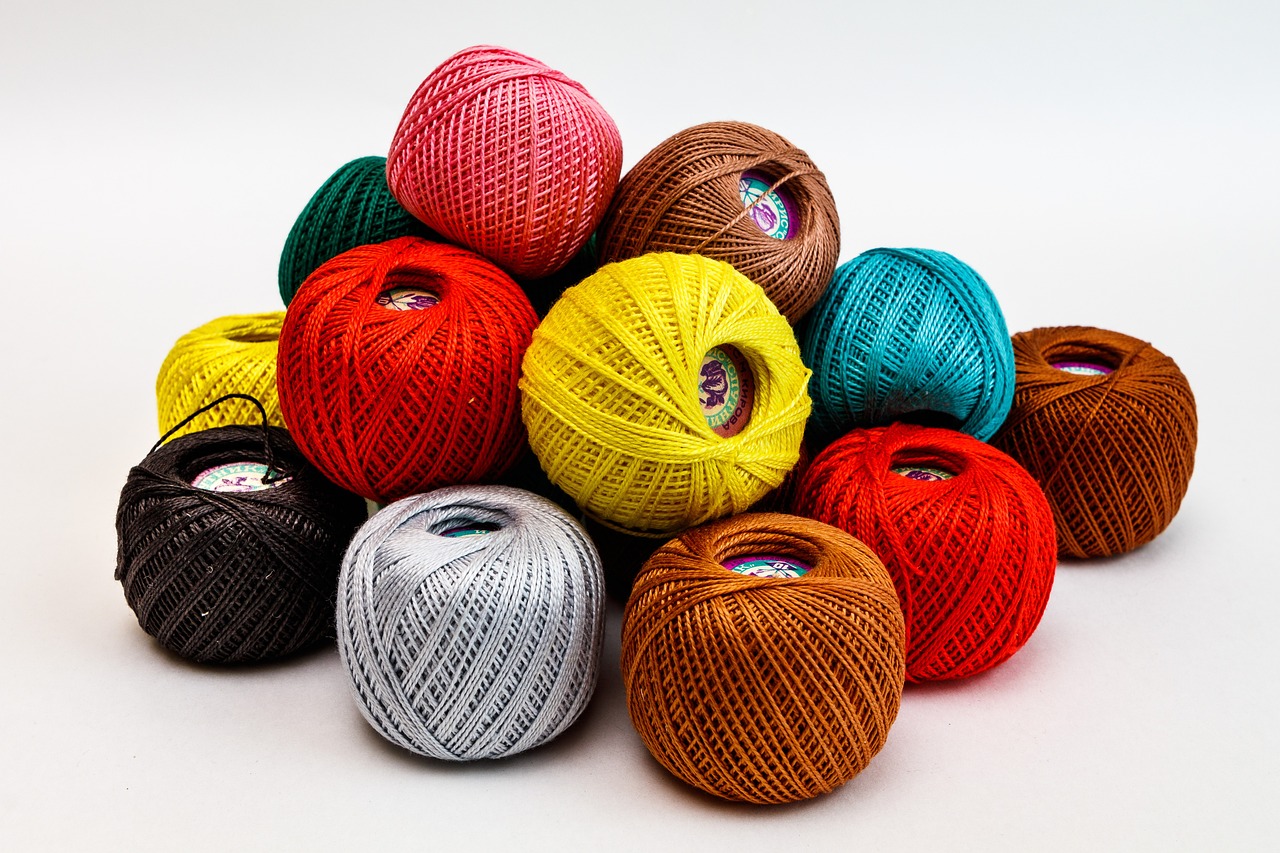
Resources for Learning
When it comes to sewing, the journey of learning is as exciting as the creations themselves! There are countless resources available that can help your kids dive deeper into the world of sewing, making it not just a hobby but a fun adventure. Whether they're just starting or looking to refine their skills, the right materials can make all the difference. Online platforms, books, and hands-on tutorials can provide a wealth of knowledge to spark their creativity and enhance their sewing capabilities.
One of the most accessible resources is the internet. Websites like YouTube offer a treasure trove of video tutorials that can guide kids through various techniques, from basic stitches to more advanced projects. Watching someone else sew can demystify the process and make it feel more approachable. Additionally, numerous sewing blogs cater specifically to beginners, featuring step-by-step instructions and tips that are easy to follow.
Books are another fantastic resource. Many children's books on sewing provide engaging stories alongside practical projects, making learning enjoyable. Here’s a quick overview of some recommended books:
| Book Title | Author | Description |
|---|---|---|
| Sewing School: 21 Sewing Projects Kids Will Love to Make | Amie Petronis Plumley | A fun introduction to sewing with easy projects designed for kids. |
| First Time Sewing: The Absolute Beginner's Guide | Carla Hegeman Crim | A comprehensive guide that covers the basics of sewing in a kid-friendly way. |
| Little Hands: Sewing | Melanie Falick | A delightful book filled with simple sewing projects for young hands. |
Furthermore, local community centers or craft stores often offer workshops and classes specifically designed for kids. These hands-on experiences provide a great opportunity for children to learn in a supportive environment, surrounded by peers who share their interests. Plus, having an instructor to guide them can help build their confidence and skills much faster.
Another way to enhance their learning experience is through sewing kits that come with instructions and all necessary materials. These kits often focus on specific projects, making it easier for kids to follow along and complete something tangible. They can be a fantastic way to keep kids engaged and excited about sewing.
Lastly, don’t forget about the power of community! Joining sewing groups or clubs, either online or in-person, can provide a platform for kids to share their experiences, ask questions, and get inspired by others. It's amazing how much motivation can come from being part of a creative community.
In summary, whether through online resources, books, workshops, or community engagement, there’s no shortage of ways to help your kids learn and grow in their sewing journey. Encourage them to explore these resources, and watch as their skills blossom and their creativity flourishes!
Q: What age is appropriate for kids to start sewing?
A: Kids as young as 5 or 6 can start with basic hand sewing projects, while older children can use sewing machines with supervision.
Q: What are some beginner-friendly projects?
A: Simple projects like pillowcases, tote bags, or stuffed animals are perfect for beginners and can help build confidence.
Q: How can I ensure my child's safety while sewing?
A: Always supervise young children, teach them how to handle tools properly, and ensure they understand the safety features of sewing machines.
Q: Are there any online platforms that offer sewing classes for kids?
A: Yes! Websites like Craftsy and Skillshare offer classes specifically designed for children, making it easy for them to learn at their own pace.
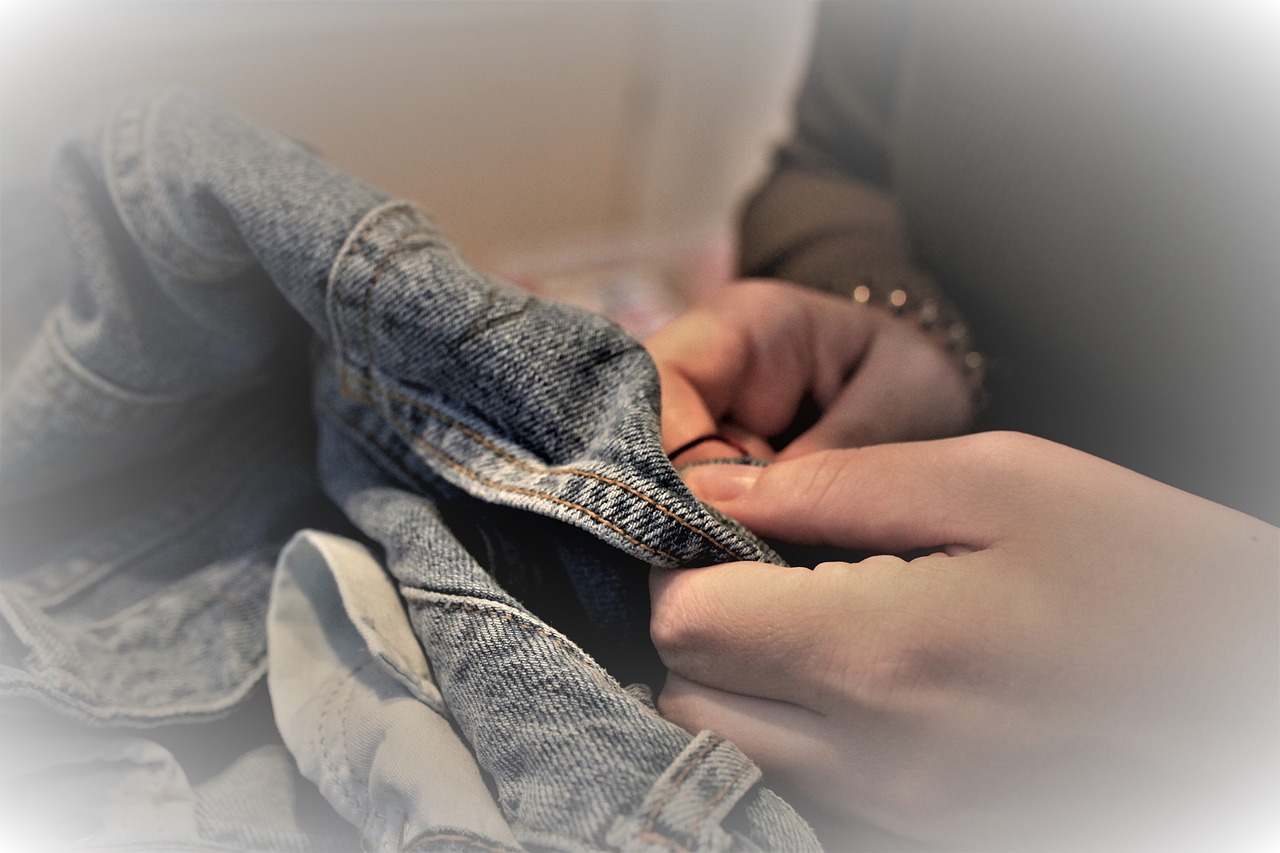
Celebrating Finished Projects
Completing a sewing project is not just about the end result; it's about the journey that led there. When your child finishes a project, it’s a moment of celebration that deserves recognition! Imagine the gleam in their eyes when they see their hard work transformed into something tangible. This sense of accomplishment can be incredibly motivating, encouraging them to dive into their next creative endeavor with enthusiasm. So, how can you celebrate these milestones? Here are a few ideas:
- Showcase Their Work: Create a special display area at home where finished projects can be proudly exhibited. This could be a dedicated wall, a shelf, or even a bulletin board. Letting your child choose how to display their creations gives them ownership and boosts their confidence.
- Gift Their Creations: Encourage your child to gift their completed projects to family members or friends. This not only spreads joy but also teaches them the value of sharing their skills with others.
- Host a Mini Fashion Show: If their project is wearable, host a mini fashion show at home! Invite family members to cheer them on as they model their creations. This adds an element of fun and excitement to the experience.
Moreover, consider taking photographs of their finished projects. Create a scrapbook or digital album that chronicles their sewing journey. This not only serves as a wonderful keepsake but also allows them to reflect on their progress over time. They can look back and see how much they've learned, which can be incredibly motivating.
Another fantastic way to celebrate is by organizing a small sewing party with friends or family. Each child can showcase their finished projects, share their experiences, and even exchange ideas for future projects. This fosters a sense of community and collaboration, making sewing a shared adventure rather than a solitary task.
Lastly, don’t forget to celebrate the effort, not just the outcome. Praise their hard work, creativity, and perseverance throughout the process. Remind them that every stitch is a step toward mastering a new skill. This positive reinforcement will not only boost their confidence but also instill a love for sewing that can last a lifetime.
Q: How can I encourage my child to keep sewing after completing a project?
A: Encourage your child by providing new project ideas and materials. Celebrate their achievements and remind them of the fun they had during their last project. You can also suggest joining a sewing club or class where they can meet like-minded peers.
Q: What should I do if my child feels frustrated with a project?
A: It's important to validate their feelings. Encourage them to take a break and come back to it later. Offer to help or suggest simpler projects that can build their confidence before tackling more complex ones.
Q: Are there any online resources for kids learning to sew?
A: Yes! There are numerous websites, YouTube channels, and online courses designed for kids. These resources often provide step-by-step tutorials, making it easier for young sewers to learn at their own pace.
Frequently Asked Questions
- What essential tools should I include in my child's first sewing kit?
For a beginner's sewing kit, it's important to include basic tools such as scissors, needles, pins, and a sewing gauge. These tools are fundamental and will help your child have a smooth and enjoyable sewing experience.
- What types of fabrics are best for kids to start sewing with?
Choosing the right fabrics is crucial. Look for soft, washable, and colorful materials. Cotton and flannel are great options as they are easy to work with and come in various fun patterns that will excite your child about sewing.
- Can you suggest some simple sewing projects for beginners?
Absolutely! Starting with projects like pillowcases, simple bags, or plush toys can be incredibly rewarding. These projects are not only easy to make but also provide a sense of accomplishment as kids see their creations come to life.
- What safety tips should I teach my child when sewing?
Safety is paramount! Teach your child to handle tools properly, keep their fingers away from the sewing machine's needle, and always cut away from their body when using scissors. Establishing these habits early can prevent accidents and ensure a positive sewing experience.
- How can I encourage my child's creativity in sewing?
Encourage your child's creativity by allowing them to choose their own colors, patterns, and designs. This personal touch can make the sewing experience more enjoyable and help them express their individuality through their projects.
- What is the best way to maintain a sewing kit?
Regular maintenance is key! Teach your child to take care of their tools by keeping them clean and organized. Show them how to properly store materials and tools, which will instill a sense of responsibility and respect for their sewing supplies.
- How can I make sewing a family activity?
Sewing can be a fantastic family bonding experience! Involve siblings or friends in projects to create shared memories. Working together on a sewing project can promote teamwork and collaboration, making it a fun and engaging activity for everyone.
- What resources are available for kids to learn sewing?
There are numerous resources available! Online tutorials, sewing books, and instructional videos can provide valuable guidance. Accessing varied learning materials can enhance your child's understanding and skills, making their sewing journey even more enjoyable.
- How should we celebrate completed sewing projects?
Celebrating finished projects can be a great motivator! Consider showcasing their work through a display or gifting their creations to family and friends. This recognition can boost their confidence and inspire them to keep exploring their creativity in sewing.



















